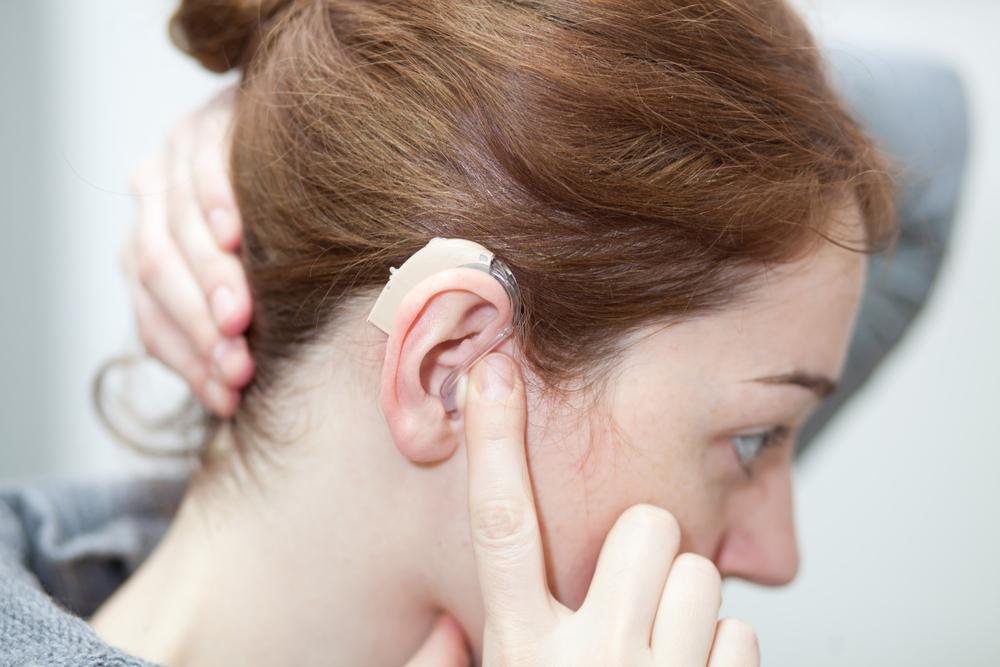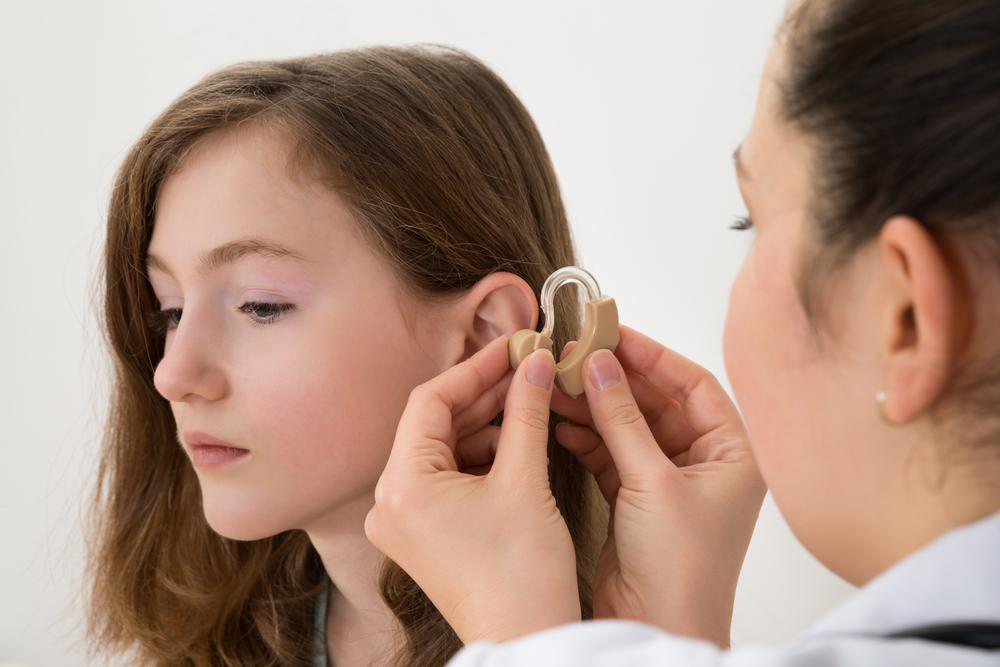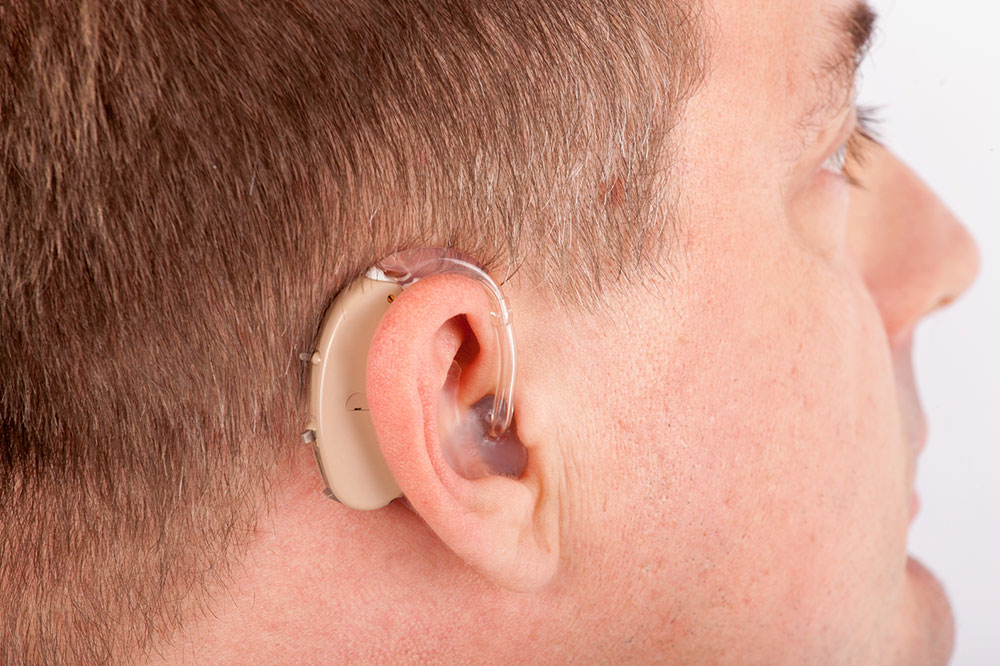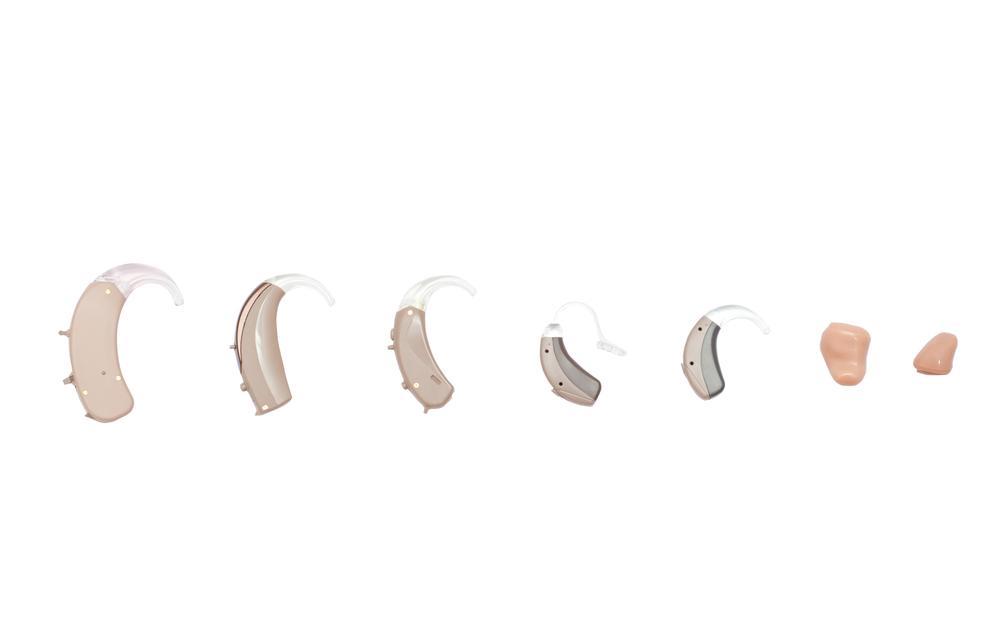Ultimate Guide to Selecting the Ideal Hearing Aid for Your Needs
This comprehensive guide provides in-depth insights into selecting the perfect hearing aid, detailing types, features, and factors to consider. Learn how modern technology and professional advice can help you find a device that enhances your hearing experience and quality of life. Designed for clarity and clarity, the article empowers individuals with hearing loss to make informed choices tailored to their needs and lifestyle.

Ultimate Guide to Selecting the Ideal Hearing Aid for Your Needs
Over the past decades, hearing aids have undergone remarkable transformations, evolving from basic acoustic devices into high-tech digital instruments that incorporate a wide array of features designed to improve auditory experiences. This evolution has made choosing the right hearing aid more complex but also more beneficial for users with diverse hearing needs. If you're considering investing in a hearing aid, understanding the different types, features, and factors that influence your choice is essential. This comprehensive guide aims to equip you with the knowledge necessary to make an informed decision and find the perfect hearing device tailored to your specific requirements.
Hearing aids now come in various styles and configurations, each suited to different levels of hearing loss, lifestyles, and aesthetic preferences. With so many options available, many people find it challenging to determine which device is best suited for their individual needs. This guide will walk you through the essential considerations, including the different types of hearing aids, their features, compatibility options, and how to work with healthcare professionals to select the most effective solution.
Understanding the Types of Hearing Aids
The first step in choosing the right hearing aid is understanding the different types available on the market. The most common variants include in-the-ear (ITE), behind-the-ear (BTE), receiver-in-the-ear (RITE), in-the-canal (ITC), and completely-in-the-canal (CIC) models. Each type has its unique benefits, disadvantages, and suitability depending on the severity of hearing loss, lifestyle, and personal preferences.
In-the-ear (ITE) hearing aids: These devices are situated directly inside the ear canal, making them highly discreet and easy to handle. They are suitable for mild to severe hearing loss and offer natural sound quality given their proximity to the eardrum. However, they may be more susceptible to earwax build-up and moisture damage.
Behind-the-ear (BTE) hearing aids: Installed behind the ear with a curved tube connecting to an earmold that fits inside the ear canal. These are highly versatile, durable, and suitable for all levels of hearing loss. They often have larger batteries, which can extend device lifespan and power source longevity.
Receiver-in-the-ear (RITE) or Receiver-in-the-canal (RIC): Similar to BTE hearing aids but with the receiver or speaker located directly inside the ear canal. This configuration offers a comfortable fit, better aesthetics, and high sound quality, making it a popular choice among users.
In-the-canal (ITC): These are custom molds fitting partially into the ear canal, offering a balance between discreteness and functionality. They are suitable for mild to moderate hearing loss but may have limited space for additional features.
Completely-in-the-canal (CIC): These are the most discreet models, fitting entirely within the ear canal. They are less conspicuous but might lack some advanced features due to their small size and limited space.
Key Features to Look for in Modern Hearing Aids
The technological advancements in recent years have significantly enhanced the functionality and user experience of hearing aids. Modern digital devices are equipped with features designed to improve sound quality, reduce background noise, and facilitate seamless integration with other electronic devices. When selecting a hearing aid, understanding these key features can help you choose a device that offers optimal performance and convenience.
Noise suppression and feedback reduction: Advanced algorithms work to minimize background noise and prevent the high-pitched squealing often associated with feedback, leading to clearer conversations and a more pleasant listening experience.
Echo reduction: These systems help compensate for reverberations in large or acoustically challenging environments, making speech clearer and more intelligible.
Wireless connectivity: Compatibility with smartphones, tablets, and other smart devices enables users to stream audio directly to their hearing aids, control settings remotely, and receive notifications, greatly enhancing convenience and functionality.
Automatic environment detection: Modern hearing aids can automatically recognize different acoustic settings—such as quiet rooms, noisy streets, or speech-rich environments—and adjust their amplification and filtering accordingly.
Adaptive sound processing: This feature enables the device to dynamically change its parameters based on the sound environment, ensuring comfortable listening without manual adjustments.
Selecting the Right Hearing Aid for Your Lifestyle and Needs
Choosing a hearing aid isn’t solely based on the device’s style or features. It also depends heavily on your lifestyle, activity level, aesthetic preferences, and financial considerations. Collaboration with an audiologist or hearing care professional is vital for making an optimal choice. They can perform auditory tests, assess your specific hearing loss profile, and recommend the most suitable type and features.
When considering your options, keep in mind that more advanced features often come with higher costs. Budget constraints, maintenance costs, and long-term durability are important factors to evaluate when selecting your device. It’s also recommended to try different models if possible, and leverage trial periods offered by providers to ensure your choice fits comfortably and functions effectively in your daily routines.
Understanding the Investment: Costs and Maintenance
The price of a hearing aid varies widely based on the technology level, brand, features, and additional services such as consultation, fitting, and follow-up care. High-end digital hearing aids with advanced noise reduction, wireless connectivity, and customizable settings tend to be more expensive but offer superior performance. It's important to understand that this is often a long-term investment in your quality of life.
Moreover, routine maintenance, batteries, repairs, and upgrades should be factored into your overall budget. Many providers offer service packages that include regular check-ups and software updates, ensuring your hearing aid continues to operate at peak performance over time.
Final Thoughts: Making an Informed Choice
Choosing the right hearing aid involves more than just picking a stylish device. It requires careful consideration of your hearing loss severity, lifestyle needs, aesthetic preferences, and financial plan. Working closely with professionals ensures you pick a device that provides clear sound, comfort, and reliability. Remember that technology continues to advance, and new features are regularly introduced to improve user experience. Staying informed and open to trial options can significantly enhance your hearing health journey.
In summary, investing in the correct hearing aid can dramatically improve your auditory experience and overall quality of life. By understanding the different types, features, and costs involved, you are better equipped to make decisions that will serve you well for years to come. Prioritize comfort, compatibility, and performance, and consult with qualified audiologists to find the best match for your unique hearing needs.





